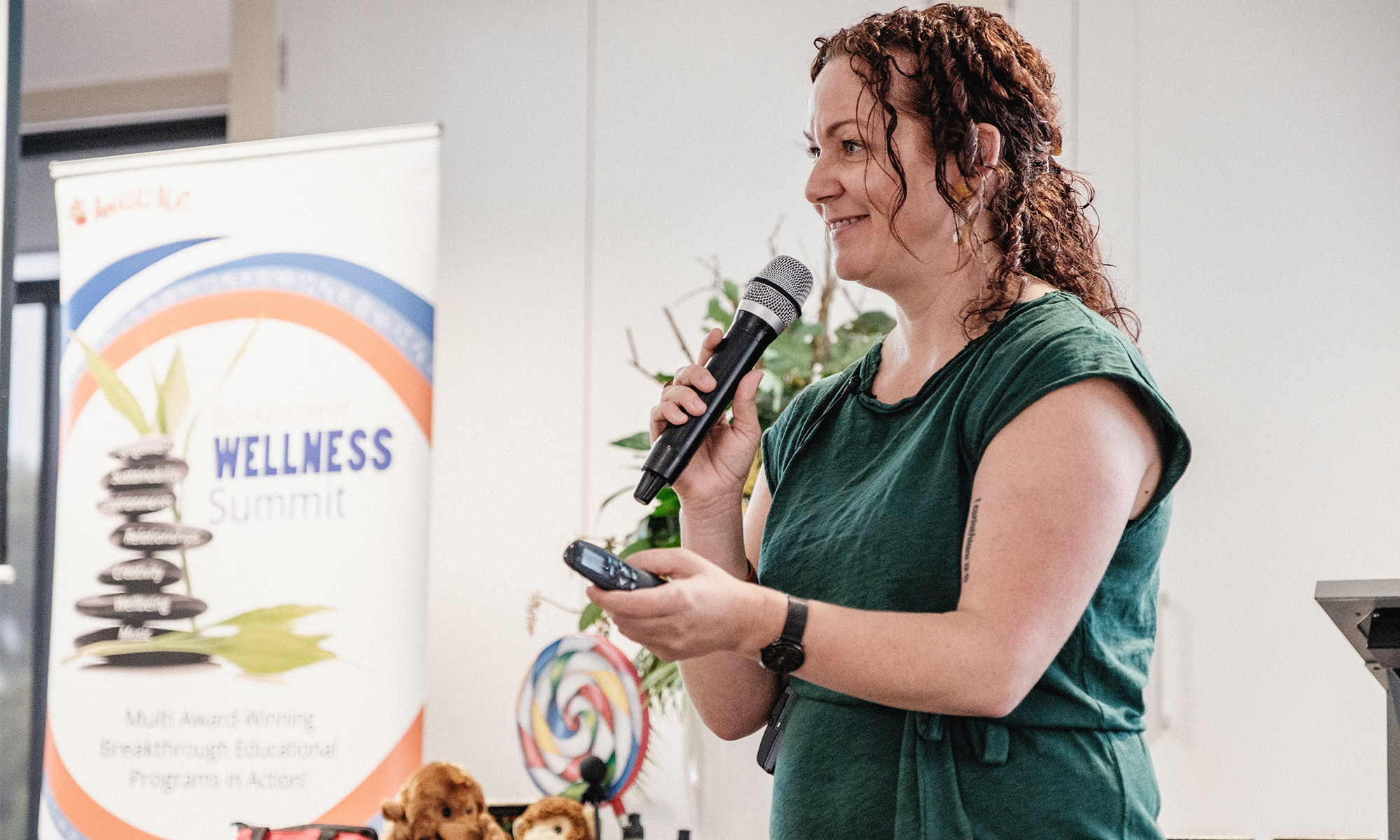In early childhood education many approaches come and go when it comes to teaching children to handle their feelings, many of which they may be experiencing for the first time. One such approach that is prevalent at the moment is mindfulness.
You may have heard of mindfulness, but if you haven’t or you’re not sure what it means, this definition explains it quite well: “a mental state achieved by focusing one’s awareness on the present moment, while calmly acknowledging and accepting one’s feelings, thoughts, and bodily sensations, used as a therapeutic technique.”
On Reachout.com it is described as being “about training yourself to pay attention in a specific way. When a person is mindful, they:
-focus on the present moment
-try not to think about anything that went on in the past or that might be coming up in future
-purposefully concentrate on what’s happening around them
-try not to be judgemental about anything they notice, or label things as ‘good’ or ‘bad.’”
It is safe to say that practicing mindfulness is something that just about anyone will benefit from, no matter the age. One way that is frequently recommended is through one of our favourite things at Bonkers Beat and that is meditation.
We have talked about meditation previously on our blog, and often parents and other educators query how on earth it is possible to get very young children to sit still and partake in the act of meditating but it truly is possible through some gentle guidance. It only takes mere minutes of deep breathing and some thoughtful reflection each day for your children (and adults) to feel happier, more relaxed and more in control of feelings and life in general.
Practicing mindfulness works towards combating stress, dealing with all the obstacles life throws at us and ultimately (and crucially), building resilience.
Here’s three additional tips from ParentsCanada.com that are easy and fun ways of incorporate mindfulness into every day:
Mindful listening: Tell your child you are going to ring a bell or a tone bar. Ask them to listen carefully to the sound of the bell and raise their hands when they can no longer hear it.
Breath awareness: Have your child lie down on a mat on the floor, or on their bed, and place their favourite stuffed animal on their belly. Have them rock the stuffed animal to sleep with the movement of their belly as they breathe in and out. This is how they can begin to pay attention to their breathing.
Mindful eating: This is a time when playing with your food is OK. Give your child a piece of fruit and ask them to pretend they are from another planet and have never seen this piece of fruit before. Ask them to describe their experience using all five senses. What does it look like? Smell like? Feel like? Taste like? Does it make a sound when you bite it?
What can you share with us about mindfulness? If you have some mindfulness techniques that you have seen results from, we’d love if you would share them with our Bonkers Beat community here or on our Facebook page.

